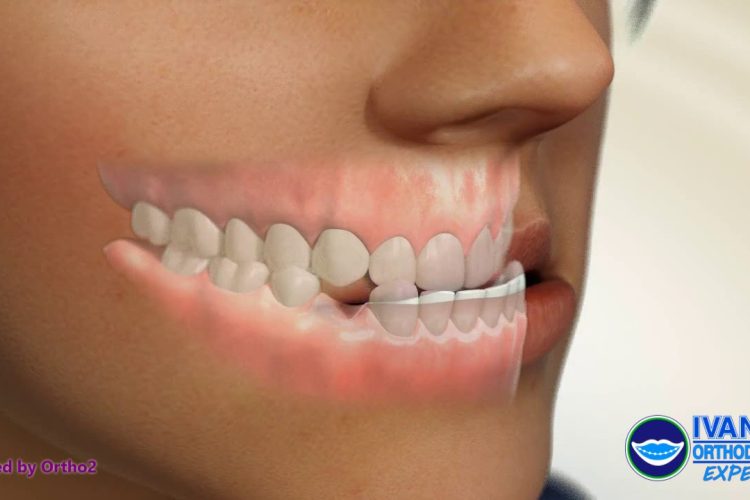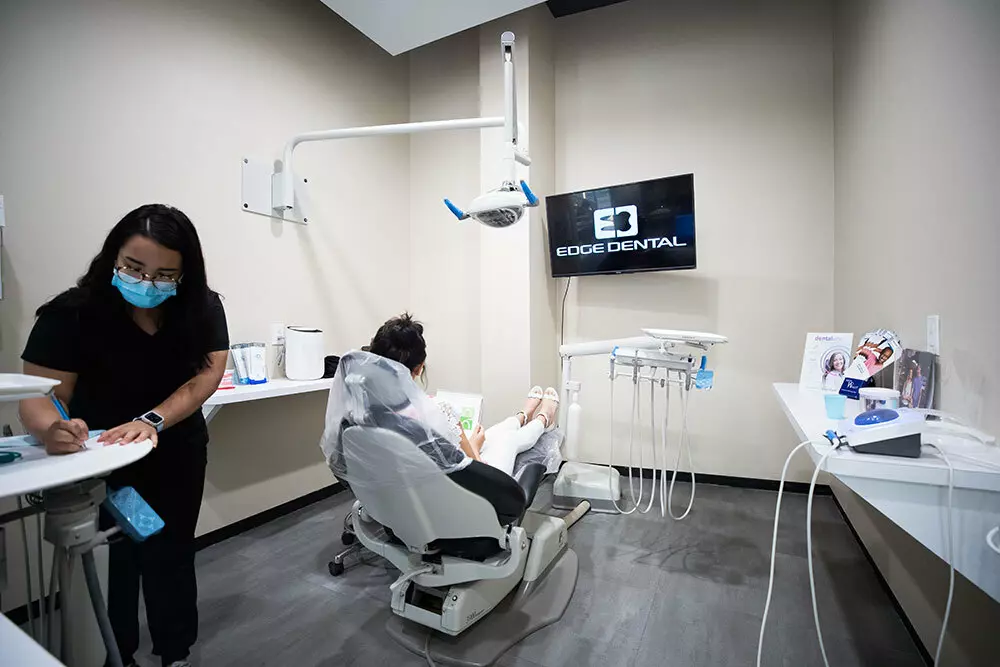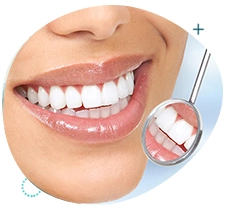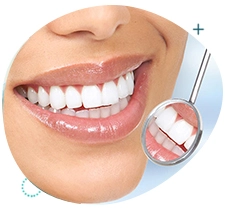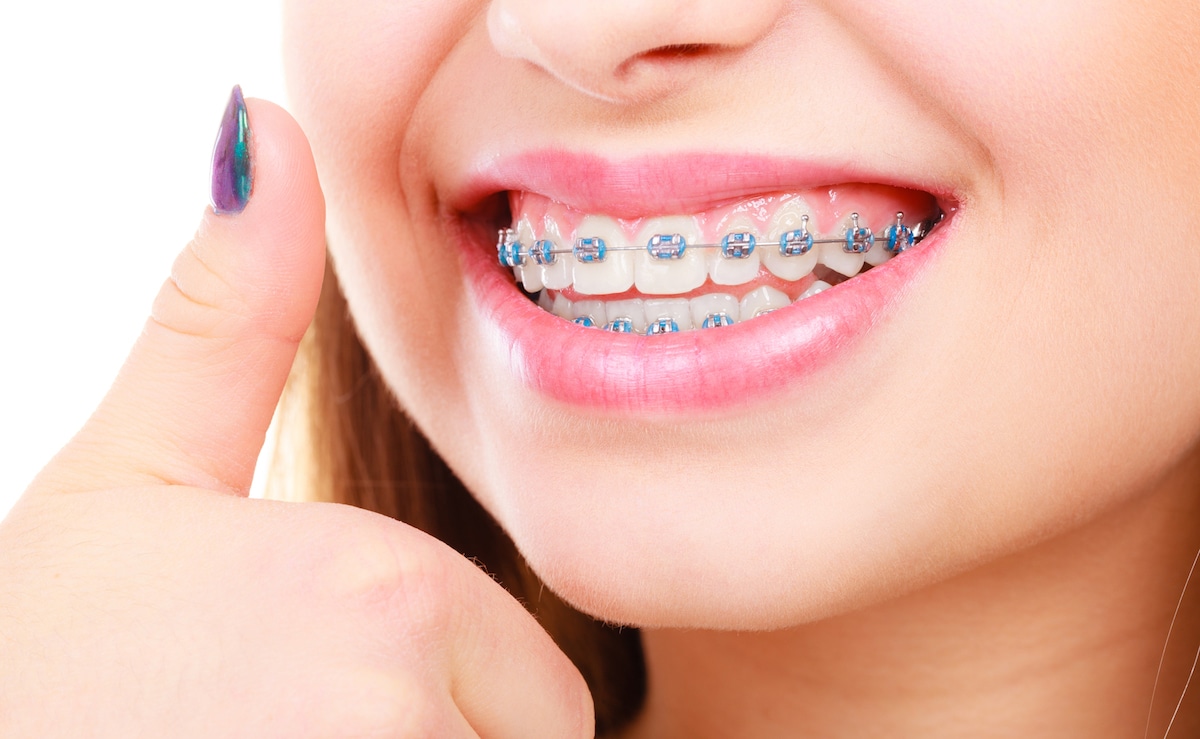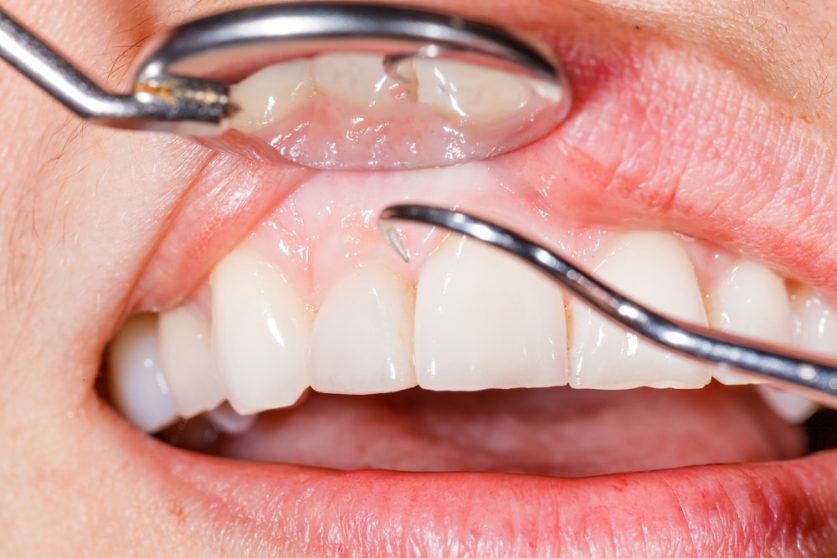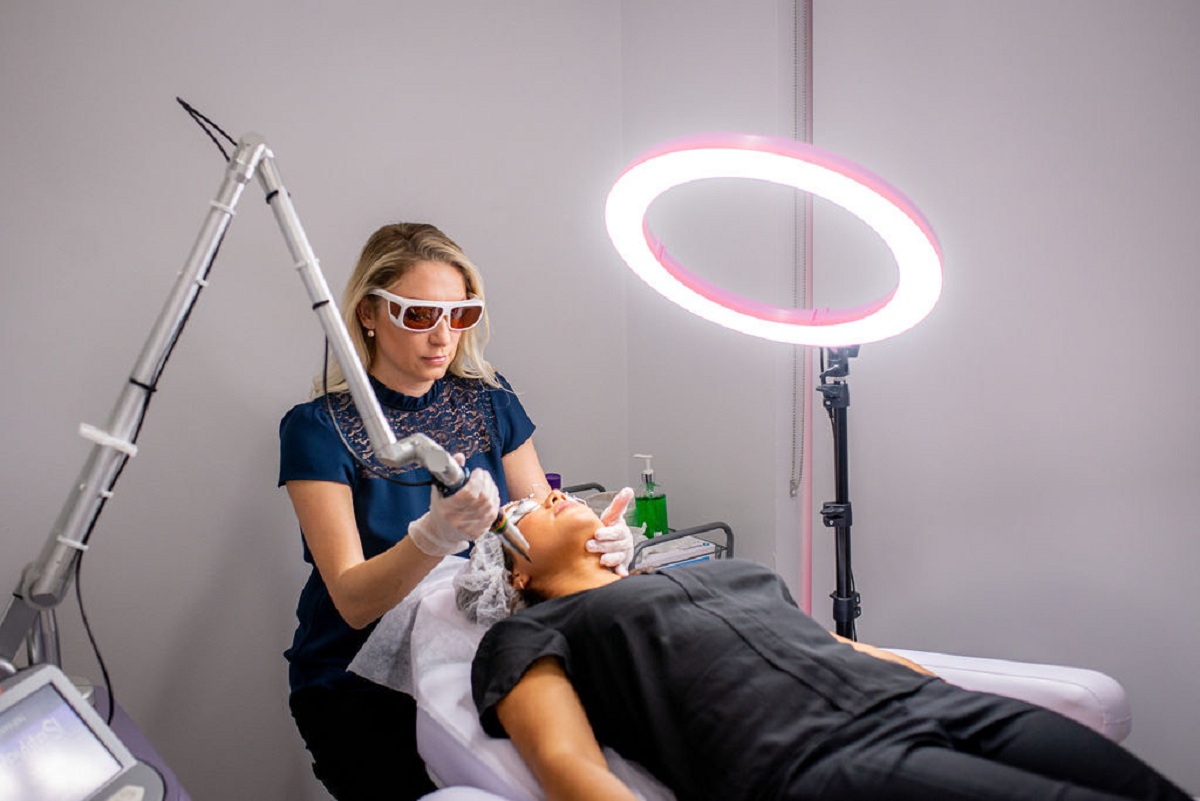How Braces Can Fix Bite Alignment Issues?
If you are looking for bite issues, you have come to the right place. The braces can fix bite alignment, whether the overbite or underbite braces. If you also suffer from tooth issues, you can get them treated at the right time. These nifty orthodontic devices can work wonders at fixing those pesky misalignments that make chewing feel like a chore. To learn more about this, continue reading the article.
Understanding bite alignment issues
Usually, bite misalignment can create problems that might be dangerous for your teeth, as this will make your oral health poor. This can lead to many issues, from difficulty chewing and speaking to jaw pain and headaches. The pressure developing teeth and jaws endure from prolonged pacifier use, tongue thrusting, and thumb sucking can lead to alignment issues.
How do braces work?
The braces consist of small brackets bonded to our teeth and connected by wires. These components work together to apply pressure to the teeth, shifting them and making them more defined by properly aligning them. Your orthodontist will make periodic adjustments to your braces to ensure the appropriate amount of pressure is applied to move your teeth into place. Rubber bands help align your bite by pulling your teeth in the desired direction. You’ll probably need to wear a retainer after your braces come off to keep your teeth from returning to their original positions, which makes the process of getting braces easy and long-lasting.
What are the different types of alignment issues with braces?
1. Overbite
Excessive overlap between the upper and lower front teeth. You can use cute braces colors to treat it ideally.
2. Underbite
When your lower front teeth are put over your upper front teeth, it is the reverse of an overbite.
3. Crossbite
When you bite down, part of your top teeth rest behind your lower teeth.
4. Open bite
There is space between your upper and lower front teeth when you bite down.
5. Crowding
When your teeth are crowded together or twisted because there isn’t enough room in your mouth for them all to fit.
How do braces do their magic?
1. Brackets and Wires
Braces are small brackets bonded to your teeth and connected by wires. These components apply gentle pressure, gradually moving your teeth into alignment.
2. Adjustments
Periodic adjustments by your orthodontist ensure that your braces apply the right amount of pressure to guide your teeth into position.
3. Rubber Bands
Rubber bands help align your bite by pulling your teeth in the desired direction.
4. Retainers
Once your braces come off, you’ll likely need to wear a retainer to prevent your teeth from shifting back to their original positions.
Benefits of Fixing Bite Alignment Issues with Braces
Here are some of the advantages of the braces to treat the bites:
● Better Chewing:
It is necessary to chew the food properly to digest and absorb all the nutrients.
● Improved Articulation:
Working on the alignments of the teeth will also help enhance the speech. The overbite or underbite might lead to poor articulation and mispronunciation of the words.
● Enhanced Appearance:
It will make you look confident and asthetic in big gatherings.
● Help in Soothing Jaw Pain:
By aligning your teeth, your bite will properly work, improving your jaws.
Summing it up
This article has made it more accessible to understand the different types of bites and how oral health can make a difference in your routine. Although bite alignment can be difficult, seeing a dentist can help with speaking, eating, and general health. For those who struggle with bite alignment, an adult orthodontist near me can be helpful in their quest for a more radiant and healthy smile.


